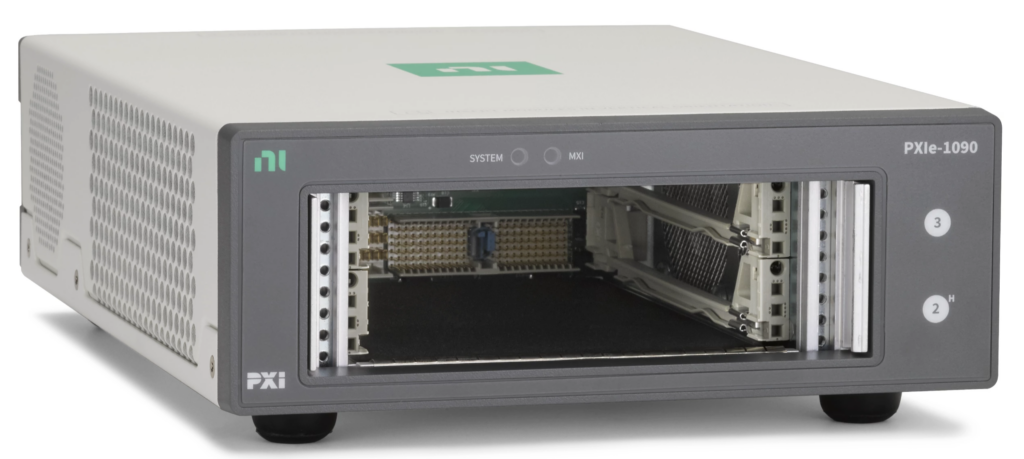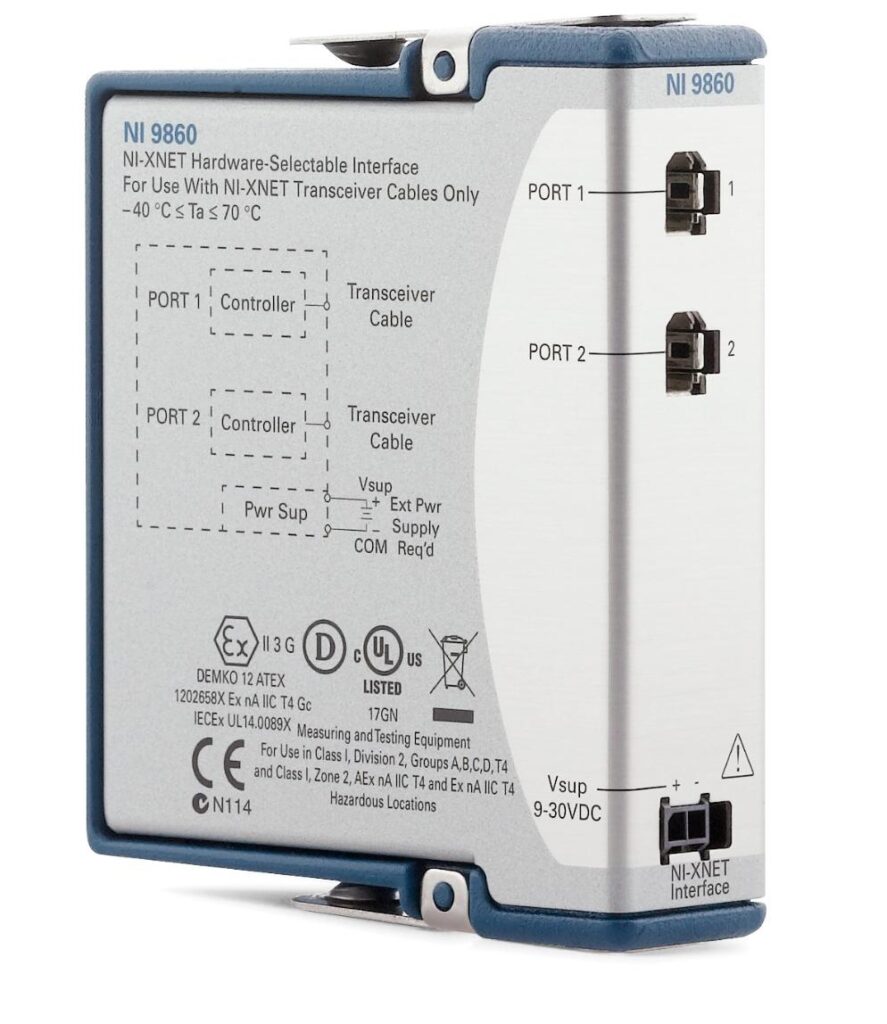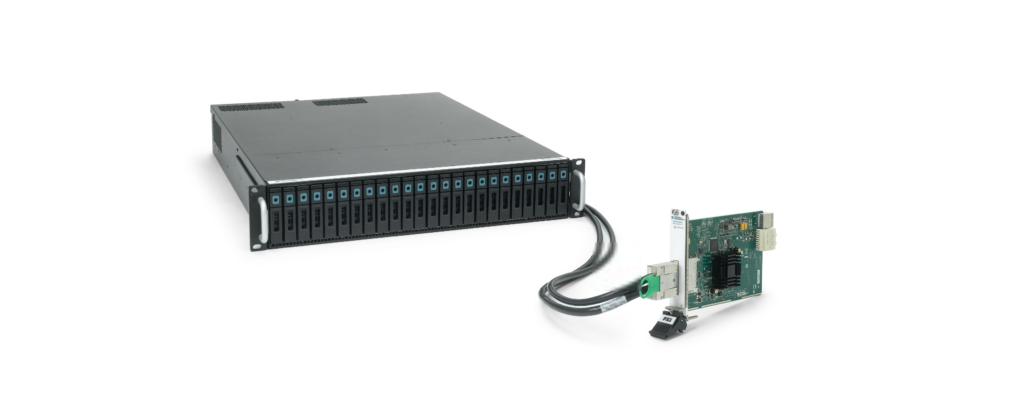Skip to content
- Electromechanical integration of medium and low voltage system hardware
- Mechanical system layout
- Cabling and hydraulic routing
- Custom machine and waterjet part design
- Mechanical integration of industrial automation equipment
- Cost optimized die cast, sheet metal, injection molded frame variants
- Technical and part and development cost tradeoffs identified
- Define product minimal viable product for new customer market
- Mechanical product team lead
- Lead designer on all parts
- System assembly, sheet metal, injection molded plastic, cabling and harness
- AC-DC power supply integration
- Assembly and part drawing reviews (critical to function, key interfaces)
- Responsible for system level form, fit function
- Part and assembly tolerance analysis
- PCBA mechanical input, layout and technical review multiple internal CCAs)
- Works closely with digital and analog hardware engineering team to define V&V scope and test plan
- PCBA and OTS part thermal validation
- Shock and Vibration analysis
- HALT
- Part and assembly renders
- Feedback loop with marketing and product ownership team
- Created and maintained mechanical and system level across multiple design and validation engineers
- Tracked mechanical design and validation tasks and coordinated progress with multi-discipline team leads
- Part cost estimates in early design phase for different feature implementations
- Mechanical product team lead
- Lead mechanical designer
- System assembly, sheet metal, internal injection molded plastic, cabling and harness
- Assembly and part drawing reviews (critical to function, key interfaces)
- Responsible for system level form, fit function
- Part and assembly tolerance analysis
- Part first article validation (dimensional and cosmetic)
- PCBA mechanical input, layout and technical review (3 internal CCAs)
- Shared part design for subsequent chassis development (PXIe-1084, PXIe-1092)
- Created and maintained mechanical and system level development schedule for multiple variants.
- Tracked mechanical design and validation tasks and coordinated progress with multi-discipline team leads
- Part cost estimates in early design phase for different feature implementations
- Played key role in system cost reduction vs older variants
- Modular upgrade path for multiple chassis variant
- Single PCBA and mechanical interface design
- Field technician upgradable
- High speed customer internal (PCIe Gen3) internal cabling
- Modular mezzanine PCBA style design
- Flexible mechanical architecture for upgraded or different I/O designs
- High speed gen3 capable custom internal cabling
- Early prototype paper dolls and thermal evaluation
- Connector selection and I/O layout
- Interchangable extensible cable design with multiple CAN interfaces: High Speed, Low Speed, LIN
- Modular cables share overmold on PCBA level design
- New c-Series side interface connector selection
- High voltage safety qualified
- -40 to 70C operational
- Custom test platform designed and validated with supplier
- Created internal thermal architecture specifications for thermally dissipative cables
- Passive dissipation architecture highly sensitive to low power applications
- Size, shape, mounting location requirements tested and defined
- NI c-Series automotive flexible CAN product
- Industrial ethernet connector validation
- PCBA mechanical layout and design:
- Safety isolation
- High density FPGA thermal evaluation
- High speed SAS storage drive ruggedization and validation
- MXI (x4 PCIe link) extension device
- Validated thermal and S&V to IEC 68-2-64 and IEC 68-2-27
- Buy/resell parted evaluation with in house validation
- Validation of partnered design with custom hardware upgrades
- Thermal validation of x64 architecture to match internal IEC 68-2-64 environmental requirements
- Validation of server ruggedization to IEC 68-2-27
- OTS hardware validation (Xeon, GPU, SSD, North/South bridge, power supplies, etc)
- Custom hardware bracketing for ruggedization
- Custom die cast handles
- Product markings and overlay updates to match National Instruments branding
- Paint/finish updates







